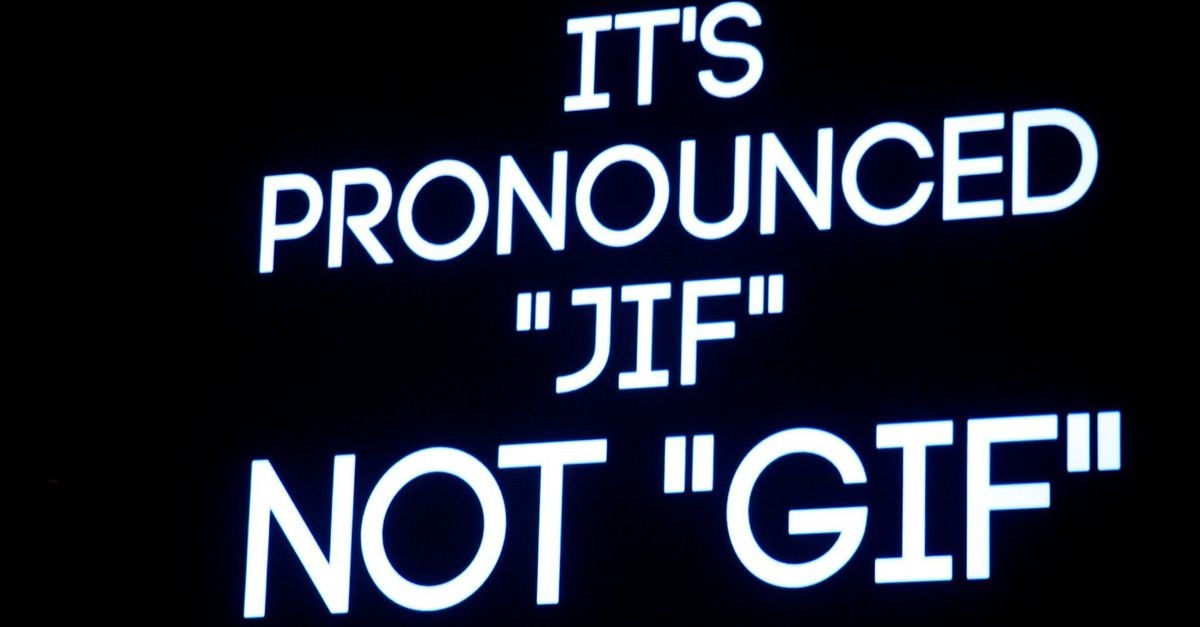Why does Photoshop (or other software) think you look like you know what a JPEG is? Yet, all you want is a picture of your dog to post on Facebook. But what exactly is an image format? And what are those confusing acronyms and letters? Wonder no more, let us demystify those image file formats for you. Related Article: PDF, EPUB, MOBI, AZW, IBA: Different ebook formats explained
1. JPEG
JPEG is an acronym for Joint Photographic Experts Group. Despite the fancy name, you don’t need to be an expert to use it. This is a very common format in the world of photo storage. The biggest reason JPEG format is popular is that it saves a lot of space, compared to older formats like BMP. BMP was widely used due to simplicity and compatibility across devices but has since fallen out of favor. JPEG can compress photos down to just around 10% of their uncompressed file size, with little loss in perceptible quality. To obtain this space-saving, JPEG uses what’s known as Lossy Compression. Read More: MP4, MKV, AVI: Video file formats explained
2. GIF
JPEG compression works best with photos because the detail in photos tends to hide compression artifacts. JPEG, however, struggles with sharp edges and curves that you often find in non-photographic images, such as diagrams or design elements on web pages. For these, a much better format is the Graphics Interchange Format (GIF). GIF uses Lossless Compression making it ideal for simpler images like corporate logos. This way you won’t end up with those nasty artifacts that are easier to see in a clean simple design. Notably, the GIF image file format can be animated by showing multiple images in rapid succession. One drawback of GIF, however, is its limitation to 256 colors, meaning images often appear grainy when used for more complex images. Read More: Audio formats MP3, AAC, WAV, and FLAC explained
3. PNG
For minimal loss in image quality without huge file sizes, you should turn to the increasingly popular PNG format. PNG stands for Portable Network Graphics. As the name suggests, it was designed to be used for sending images over the internet. PNG reduces the size of graphics-heavy images without introducing compression artifacts like JPEG and GIF. The tradeoff here is slightly larger files than GIF. It is not always all about image versus file size. PNG also supports transparency, meaning image editors and web browsers can understand that certain areas of the image are meant to be transparent. This allows more flexibility on how the image is used. Read More: How to convert pictures to JPEG format
4. TIFF
There are times when image quality is of paramount importance and you are not concerned about file sizes. This is common in professional photography where TIFF is a popular format. TIFF stands for Tagged Image File Format. Although TIFF can use compression, it also supports uncompressed images as well as many different color spaces. This is what makes it popular among photographers and printers. Related Article: How to convert videos to GIFs (using WhatsApp)
5. Raw Images
Raw images are not really a format at all and are sometimes referred to as “Digital negatives”. Just like the negative from an old 35mm film camera, a raw file is not an actual picture, but it contains the information needed to create one. So it is a lightly processed file that contains as much of the original information captured by the camera sensor. Raw files often require special codecs to open on desktop image editors. Raw files are also favored by photographers. The reason being, having all that original data allows for so much more editing options, such as more granular control over brightness and colors than would otherwise be possible. Some raw formats even allow for things like white balance and overexposure to be corrected. After editing, the raw images can be saved as whatever format makes the most sense. Read More: Top 5 file extensions you should be cautious about We hope this article has made it clear why there are different formats for something that seems as simple as displaying images. There are many more image file formats that we didn’t mention in this post but these are the commonly used format. So, let us know in the comments section below which other you would like us to explain.





